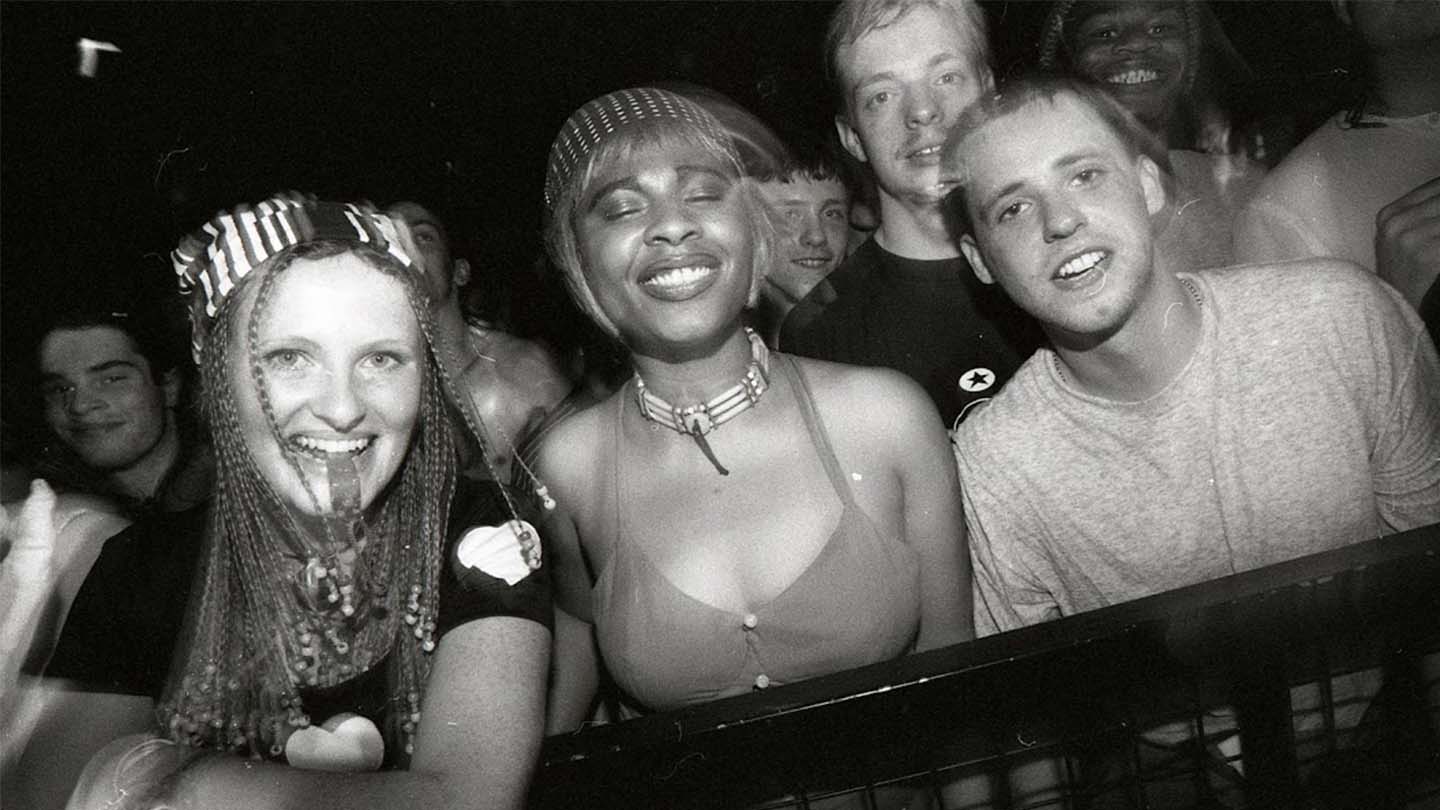Surrounded by half-empty cans of spray paint, a group of young men strike b-boy poses in front of a graffiti-covered wall. Slickly-dressed dancers smile for the camera, flexing their Iceberg and DKNY outfits for a garage rave. A triad of moody young goths huddle up on a park bench; their angular hairstyles defying gravity with sweeping, heavy eyeshadow to match their heavy coats. Loitering outside a shopping centre, teenagers lean against the railings outside a shopping, trouser braces and Dr Marten boots alongside their wide, pin badge-covered lapels and flared jeans. Something between a ‘70s kid and a skinhead.
YOUTH CLUB Archive Head of Creative Projects Lisa der Weduwe is looking through just a few of the thousands of images she has helped to collate over the years – a physical and digital collection of images, depicting UK subcultures through the ages. “One of our biggest fears is boxes of photos ending up in landfills,” she tells me. “These ‘shoebox’ or ‘attic’ archives. If someone passes away, people might just bin the photos.”
Over the past few months, the archive has held a crowdfunding campaign in an effort to raise cash to help establish the first ever Museum Of Youth Culture: a space that will delve into the rich fashion, music, art and social history of youth cultures throughout the ages, celebrating their importance and helping future generations to remember what came before them.
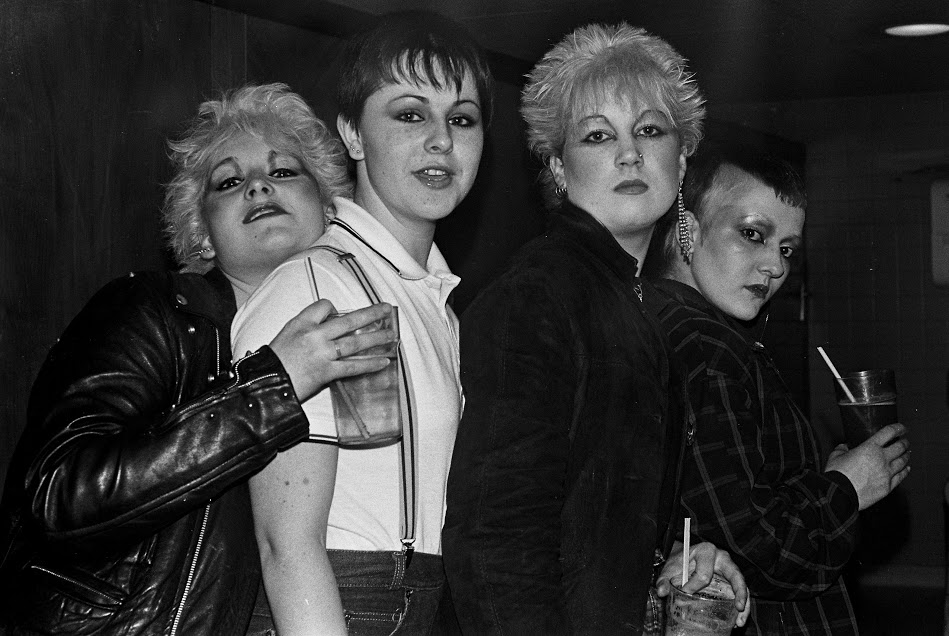
It started life as the archive of cult 90s club culture magazine Sleazenation, a title that captured the free rave scene, before expanding to gather images of other youth movements too. Fascinated by the movements that were expanding rapidly around him, Sleazenation’s co-founder Jon Swinstead noticed that no-one was really chronicling every youth culture in one place. And so, the archive was born.
It grew rapidly: by 2015, the collection consisted of over 100,000 images from 300 different photographers, and unpicked movements from 1950s up to the present day. Spend five minutes looking through a filing cabinet at the YOUTH CLUB Archive’s London studio today and you’ll get a good idea of just how comprehensive it is: photos of anti-Nazi protests segue into May Day riots, Rock Against Racism and graffiti-strewn streets. Images sit side-by-side, giving a snapshot into the UK’s vibrant underbelly over the decades.
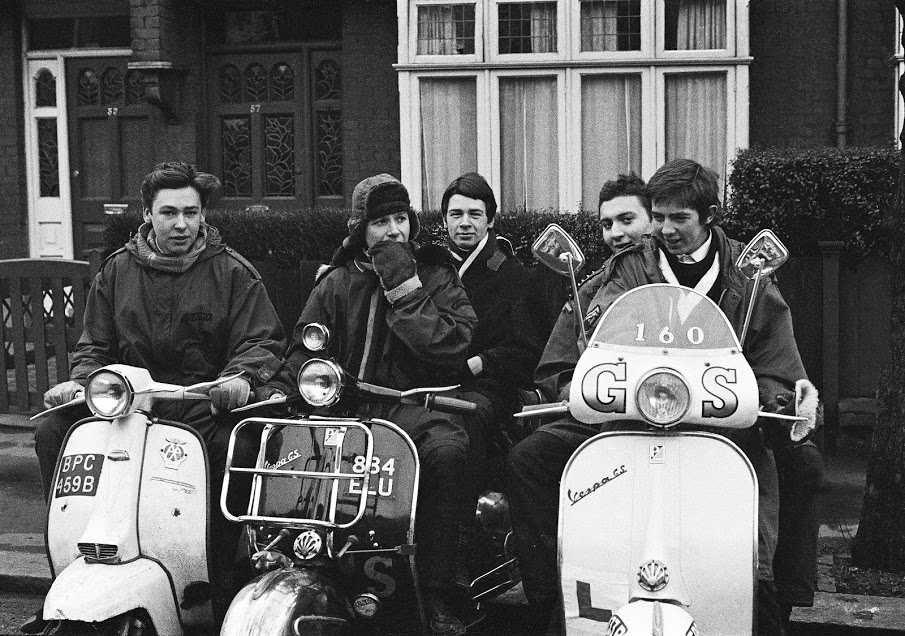
That year, the YOUTH CLUB Archive were invited to hold an exhibition at London’s Southbank Centre titled One Nation Under A Groove, a retrospective of their work that acted as one of the first times these images had met a public audience all in one place. “The exhibition really proved to us that there was a real need to tell the story, and that people really want to find out about the story; that a museum of youth culture could work.”
There’s been a long-standing view of subcultures and youth movements as niche, frivolous subjects, but in recent years there’s been a shift. Just look at the Saatchi Gallery’s recent rave culture exhibition Sweet Harmony or the last year’s Electric Histories, which dissected 30 years of electronic music subculture.
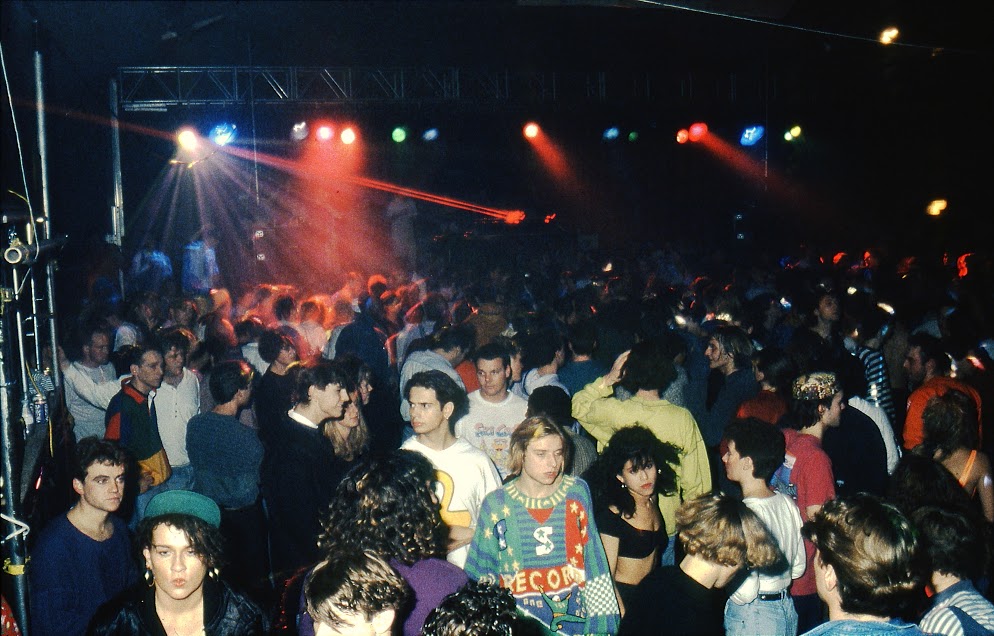
After the Southbank show, Youth Club decided that a key part of their mission to preserve and celebrate youth culture would be opening a museum; “a place that becomes a home to this amazing story.” They took over a temporary shop on Carnaby Street, with an open call to photographers who wanted to show and sell work, as well as holding talks, screenings, even raves. They held workshops with young people, too. Participants were given the chance to try their hand at self portraiture using analogue cameras, learn about the art of archiving, as well as classic DIY creative techniques like zine-making and screen printing. “That really showed the power of the archive, and the stories that are in there,” she adds.
Rapper and DJ Normski appreciates the importance of documenting subcultures too. After all, he started documenting UK hip-hop in the early 1980s, as a young person inside the scene. Today, his images will form part of the Museum of Youth Culture. “It was a natural thing to photograph my interests in life, which was music and people. I had no idea at the time that I was creating an archive of a huge part of my generation,” he told the V&A of his work. “Being a part of the hip-hop scene and capturing the golden age of UK rap artists and its fans has been at the top of the list. One of me favourite all-time photographs is the Silver Bullet Posse taken at the Lloyds building.”
Now, Normski recognises how vital the Museum of Youth Culture is. “It’s really the only project of this type that’s been created to celebrate and show the world how important all the different tribes and various tastes in music, style, subculture and movements are,” he tells i-D. “[The ones] that make up our brilliantly diverse and all-important history.”
Having a permanent base has always been a key component of the Museum’s vision of their future, but they also appreciate the need for something that can adapt and move. “Maybe it will look more like a venue, or a youth club where there’s a real engagement element,” she says. “A direct dialogue between people who visit and what is there.” Lisa also knew that, while a lot of the discourse surrounding youth cultures is centered in London, they’ve historically manifested across the country. They needed to reach every corner to make the museum comprehensive. “We want to represent the entirety of the UK. Maybe the museum has a base in London, but the exhibition is a touring one, growing every time it moves.”
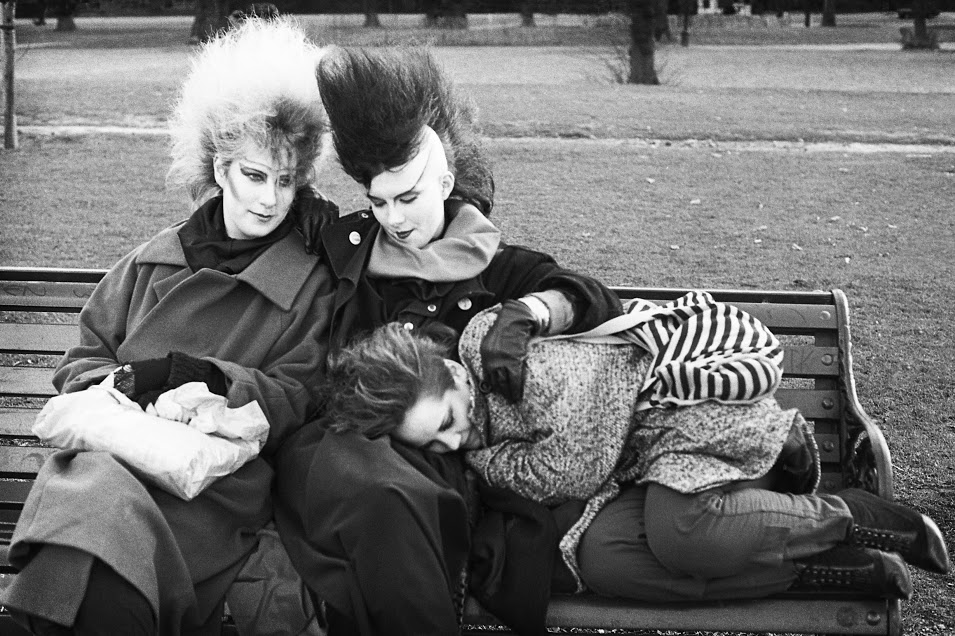
She shows me one image submitted by a member of the public: a group of skateboarders from Gillingham in the mid-1970s — though it could easily be mistaken for California with the sunlight and warm orange and blue hues. Jamie, who works with Lisa, wound up discovering some images in his own grandmother’s scrapbooks too. “We weren’t sure what to expect,” Lisa explains, “but they’re these amazing early colour photographs from the 1960s of her husband — Jamie’s granddad — as a teddy boy on holiday in Blackpool. And we thought, if she has these then who knows what else is out there? It’s about convincing people that their stories are important, that they’re worth telling.”
The collection chronicles everything from 1950s youth clubs to photos of kids sitting in their bedrooms, framed by walls covered in posters of their favourite musicians. “I love the bedroom photos because everyone recognises that [time] of trying to find yourself,” Lisa smiles. As for the many photo booth snaps? “They’re the pre-selfie selfie!” The collection boasts ’80s goth kids, lairy football fans, mods on their scooters – sitting two to a bike, parkas zipped up ready for a ride – happy ravers covered in neon facepaint and draped in wooden beads, and revellers at Reading Festival in the ‘70s. An especially precious image from 1948 shows a group of teenagers, so-called ‘skid kids’, who used the urban bombsites of post-war Britain for high-speed bike racing, proudly posing with their bikes and wearing their team bibs.
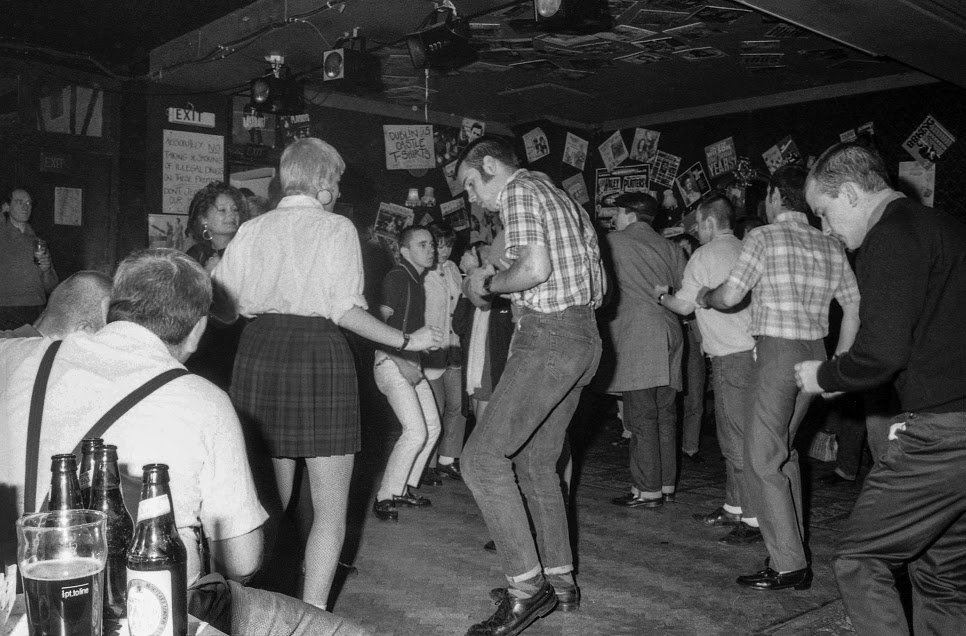
Interaction from the public will be imperative to the Museum Of Youth Culture’s future, whatever shape it takes. The team is planning another exhibition in the coming months to celebrate these stories, digging deeper into the archive and, in the process, starting to shape what the Museum Of Youth Culture will look like once it comes to be. “We’re at a point in history where your parents could’ve been ravers, and their parents could’ve been teds,” Lisa laughs, considering the rich history that’s built up over the years, begging to get back out there. The Museum of Youth Culture is the vehicle it needs for us all to know about it.
Thanks to a partnership with Google Arts & Culture you can now view the Museum of Youth Culture on their platform, for the first time bringing the archive together with 40 expert-written texts and stories. Submit your photographs and stories to the YOUTH CLUB Archive here .
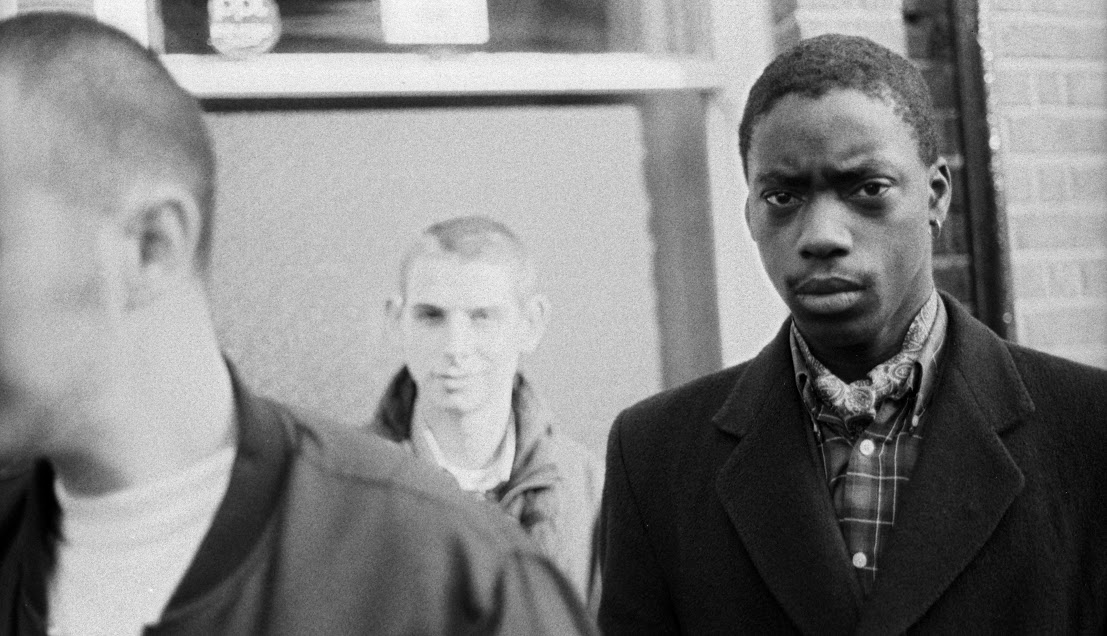
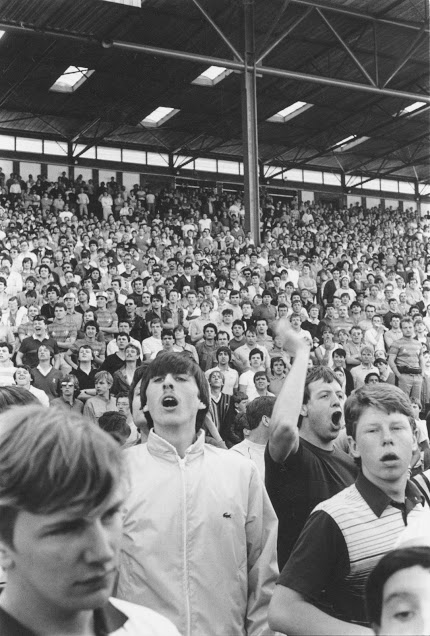
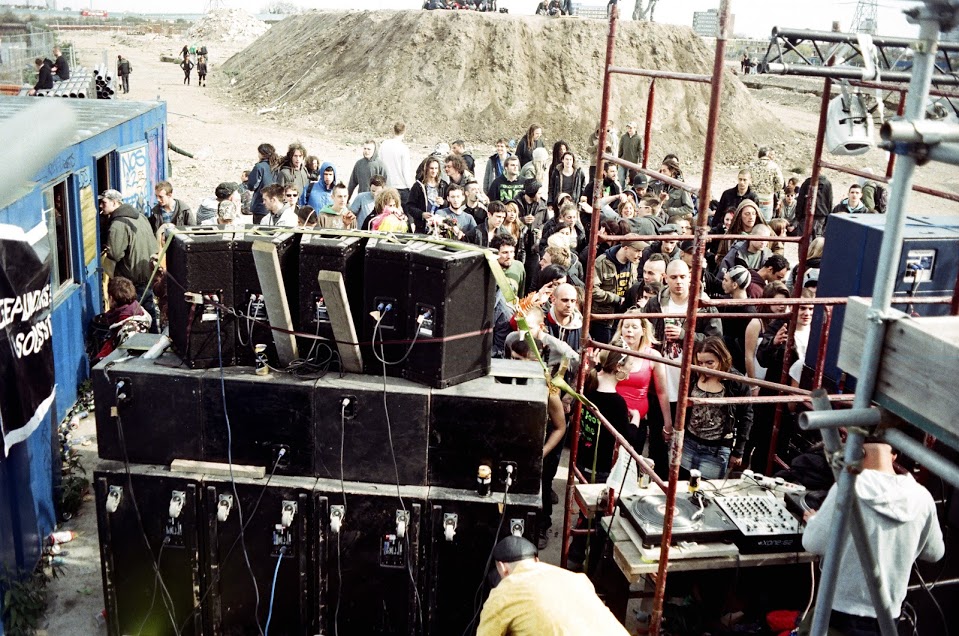
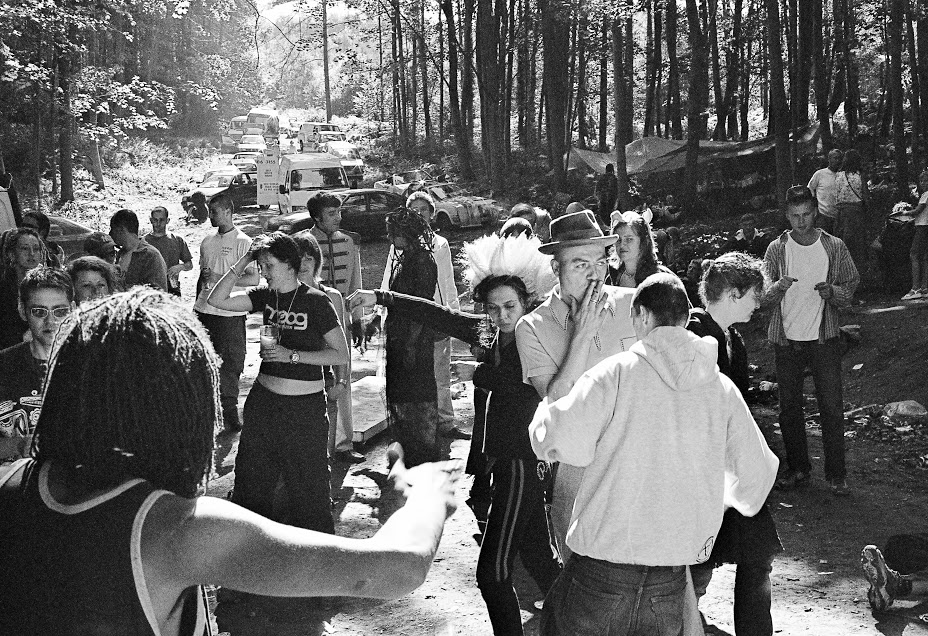
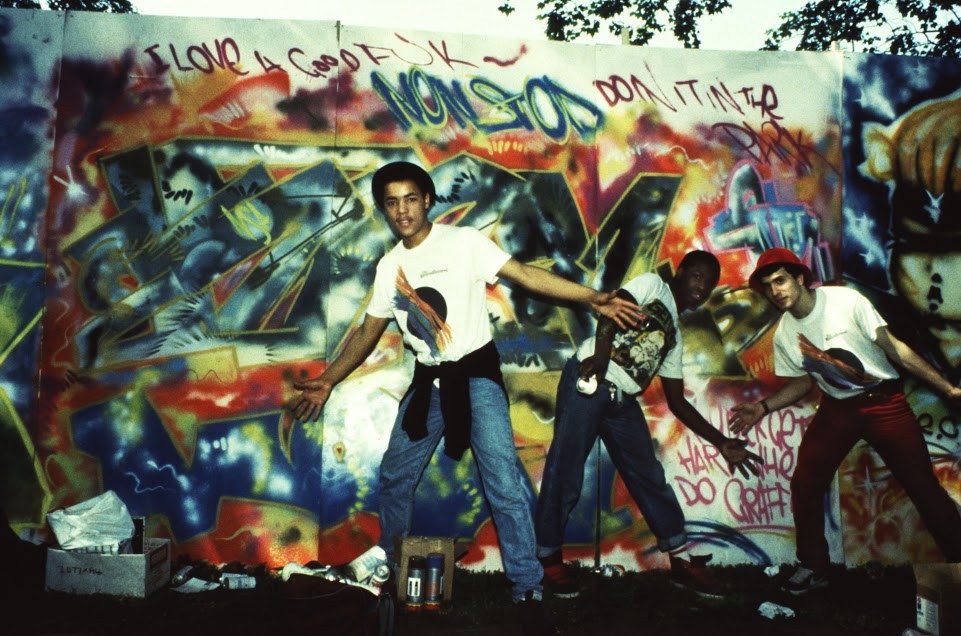
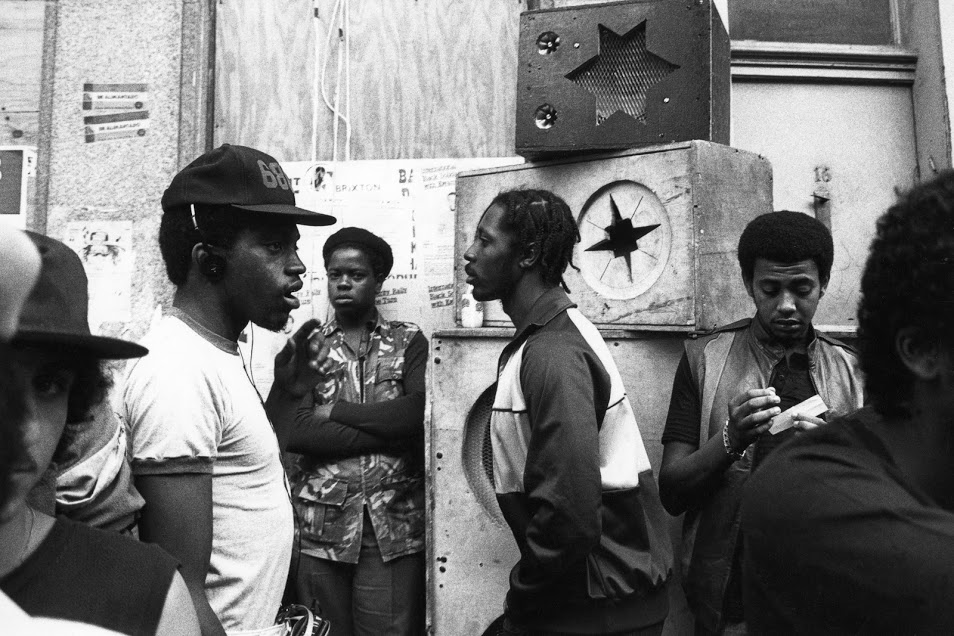
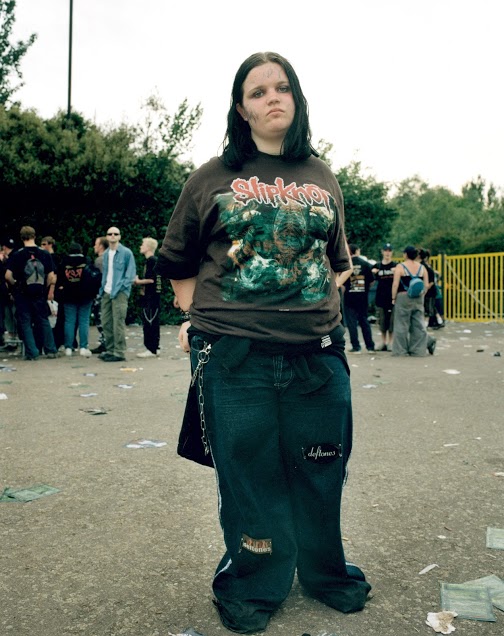
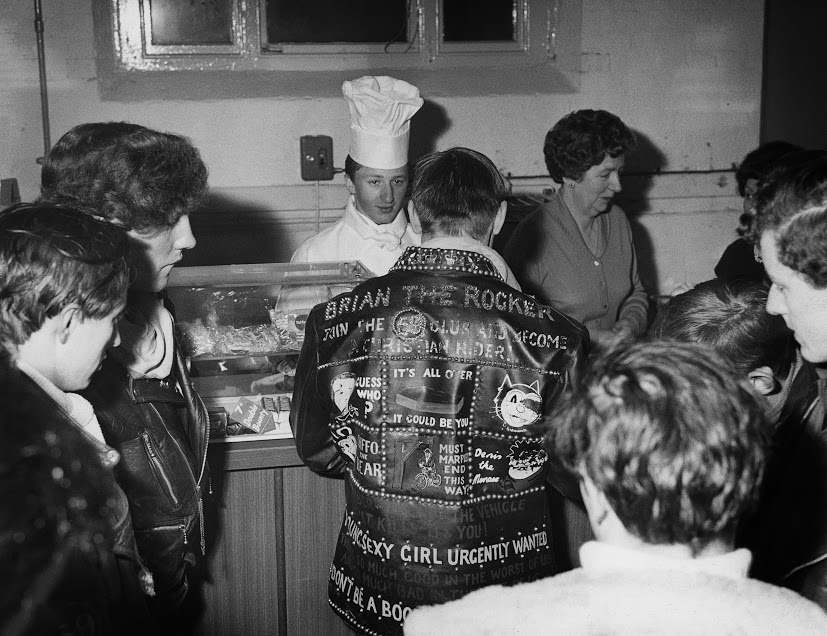
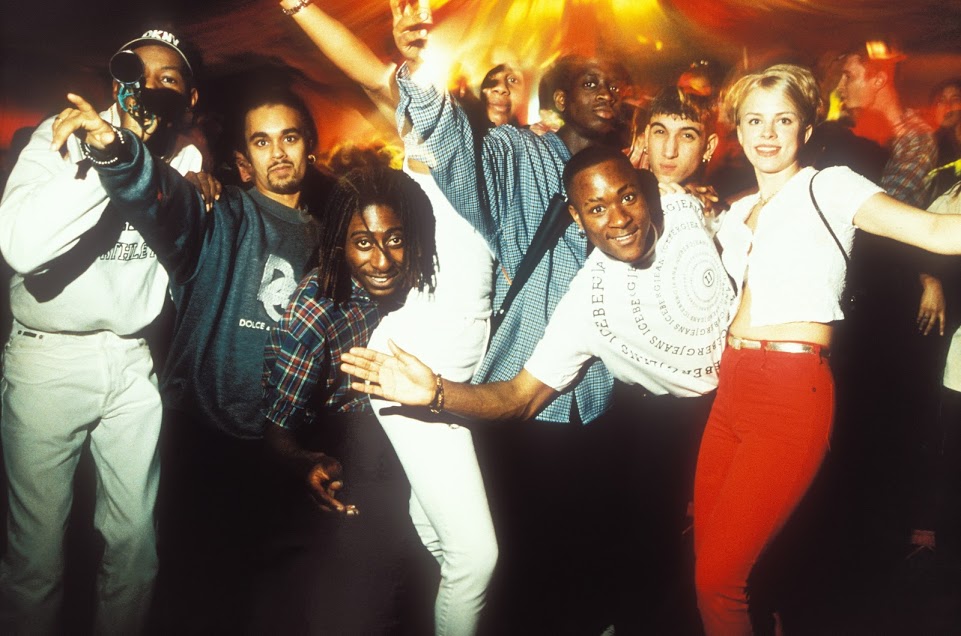
Credits
- Peter Walsh
- Clare Muller
- Peter Francis
- Gavin Watson
- Gavin Watson
- Gavin Watson
- Gavin Watson
- John Ingledew
- Molly Macindoe
- Molly Macindoe
- Normski
- Peter Anderson
- Rebecca Lewis
- 59 Club
- Tristan O’Neill
